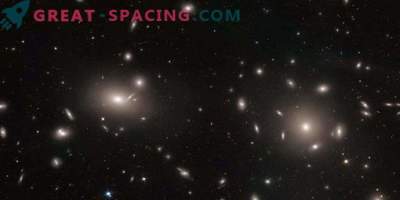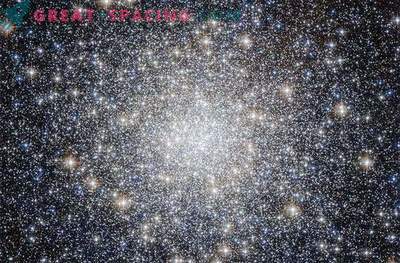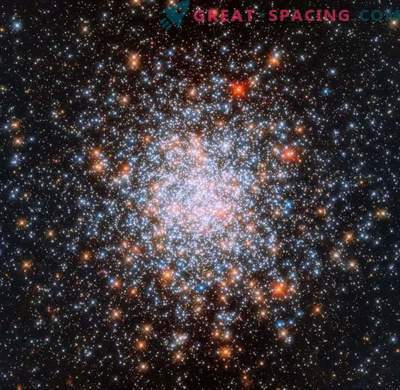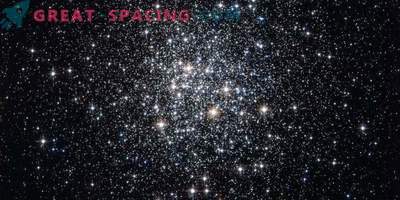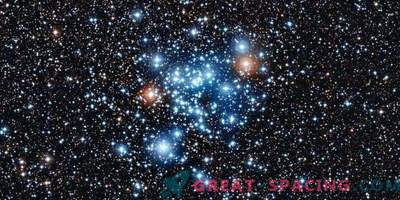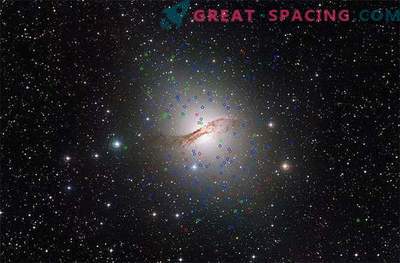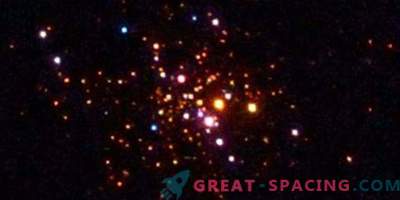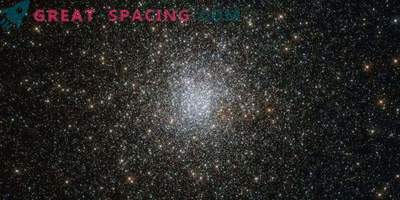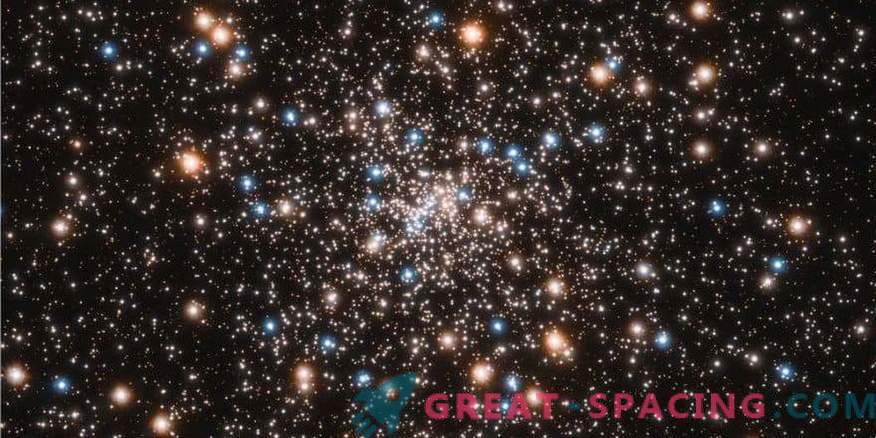
We have before us the amazing NGC 6397 globular cluster, shining with the light of hundreds of thousands of stars. A new dimension establishes its distance from us at 7800 light years with a permissible error of 3%. This is one of the nearest globular clusters to Earth.
Using the Hubble Space Telescope, scientists were the first to measure the distance to one of the oldest universe objects — a collection of stars born shortly after the Big Bang.
The new distance criterion provides an independent estimate of the age of the Universe and allows for improving stellar evolution models. Star clusters are a key component of star models, because the objects in each group are located at the same distance, similar in age and chemical composition. Therefore, they are much easier to learn.
NGC 6397 globular cluster is closest. The distance of the new study is 7800 light years with an error of 3%. Until this point, to determine the distance, scientists compared the luminosity and color of stars, comparing the data with theoretical models. But the error reached 10-20%.
The new method is based on rectilinear trigonometry. The group determined the age of NGC 6397 to be 13.4 billion years.
Scaled view of the Hubble Space Telescope on the NGC 6397 globular cluster Exact distances to globular clusters are used as references in star models to study the characteristics of young and ancient star populations. Previously, it was possible to determine the exact distances to the young open clusters inside our galaxy, because they are closer.
But outside the stellar disk of the Milky Way live 150 globular clusters. These spherical and tightly packed star groups are the first inhabitants of the Milky Way. To determine the distance, used trigonometric parallax. This method measures a tiny seeming shift in the position of an object due to a change in the observer's point of view. Hubble accomplished this thanks to the earth movement around the sun. We also relied on variable cepheids - pulsating stars, which act as reliable distance markers.
Spatial scanning technology allowed the Hubble camera to measure the parallax of 40 cluster stars, performing measurements every 6 months for 2 years. Tiny vibrations amounted to 1/100 pixels on a telescope with an accuracy of 1/3000 pixels. It is believed that you can achieve accuracy of 1%, if you combine the Hubble data with the upcoming information from Gaia, which will be released in late April.
